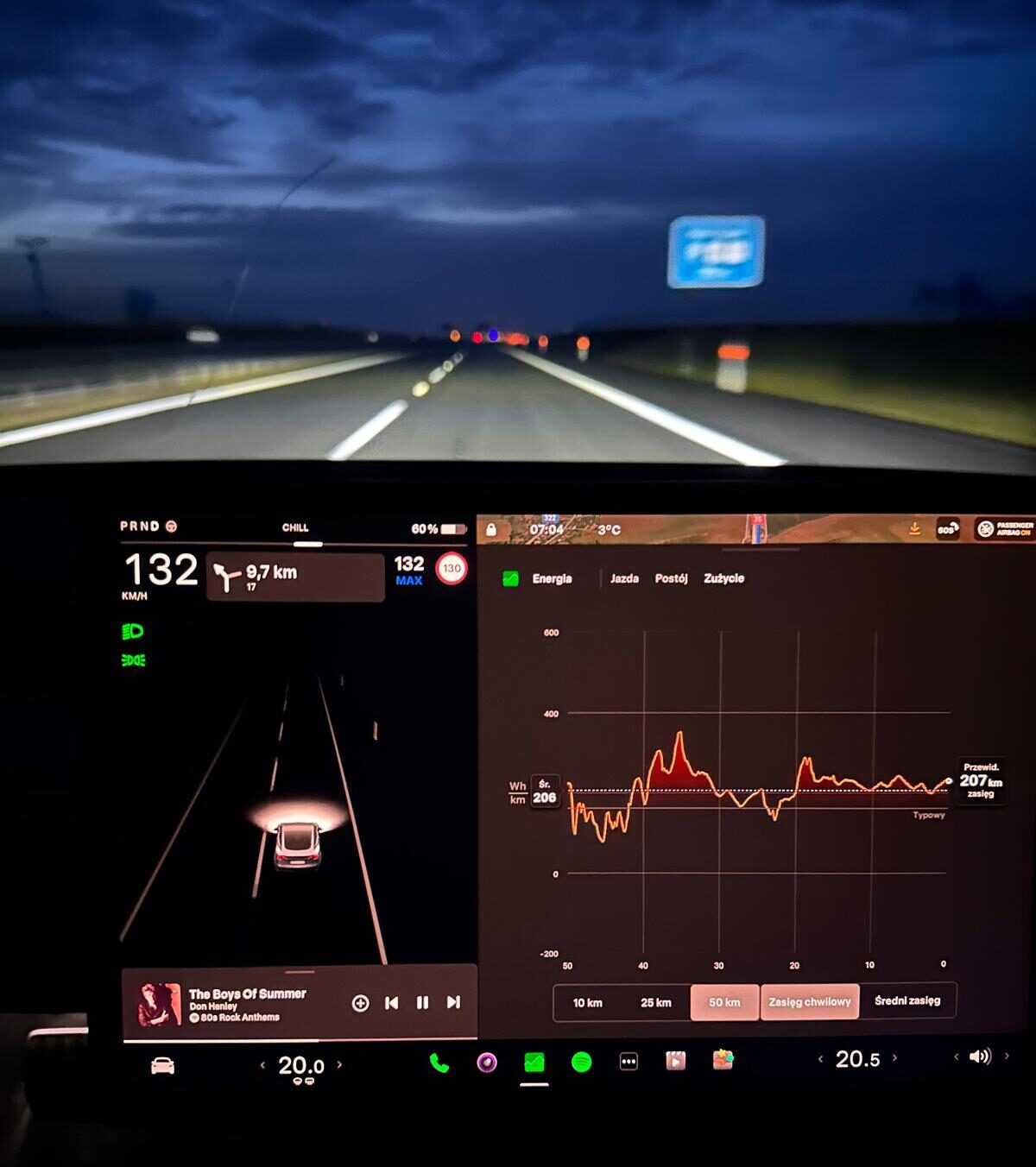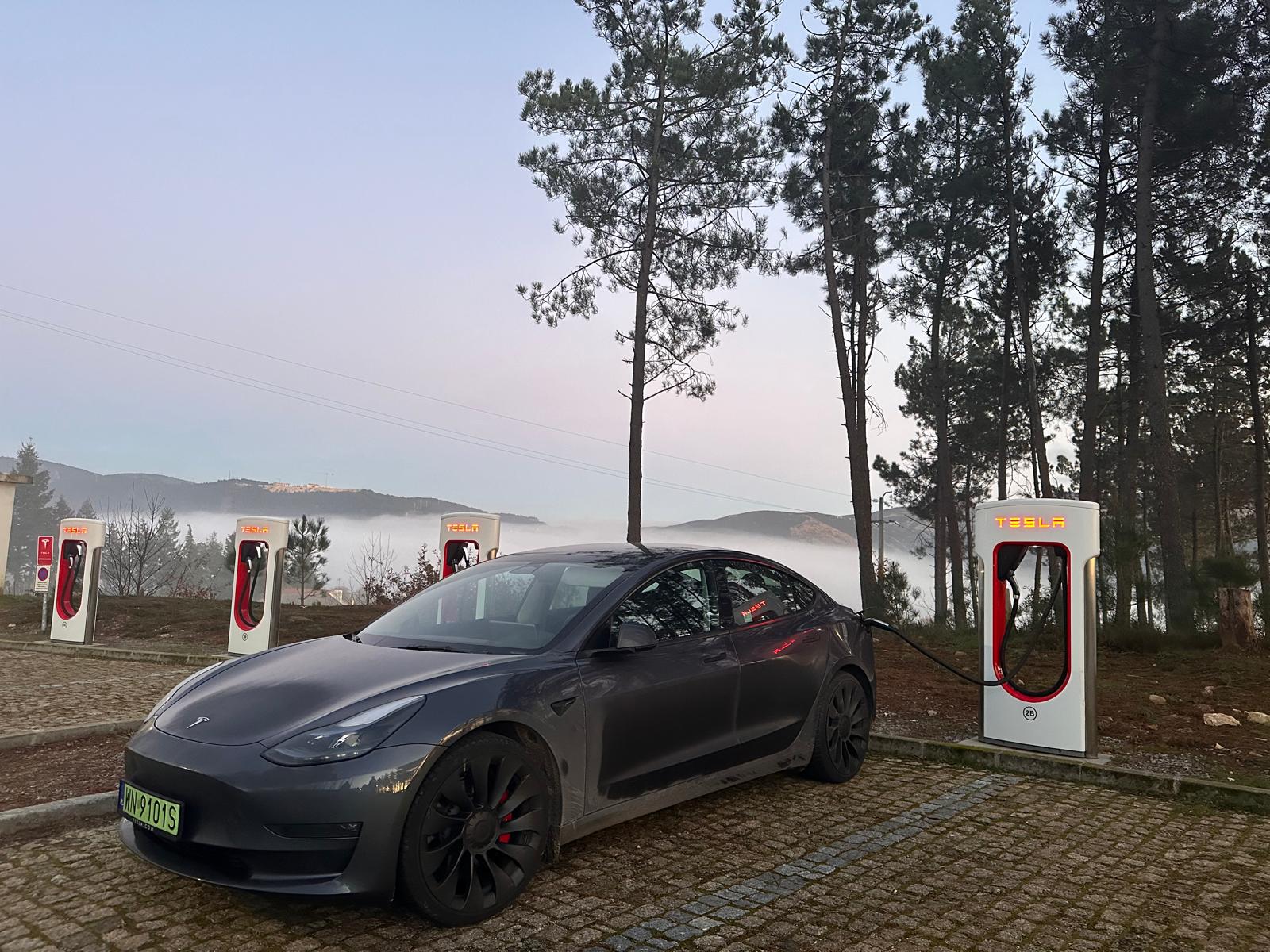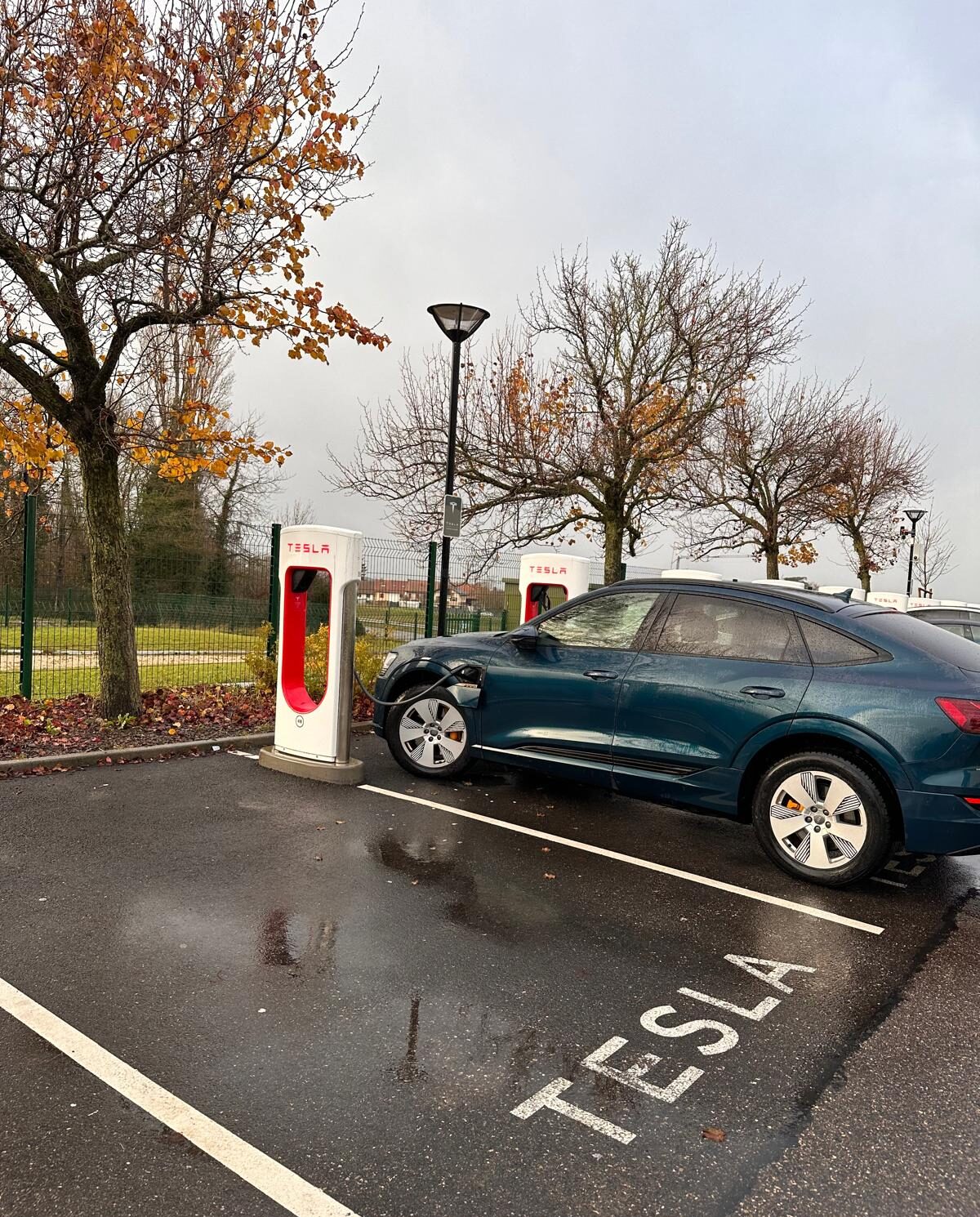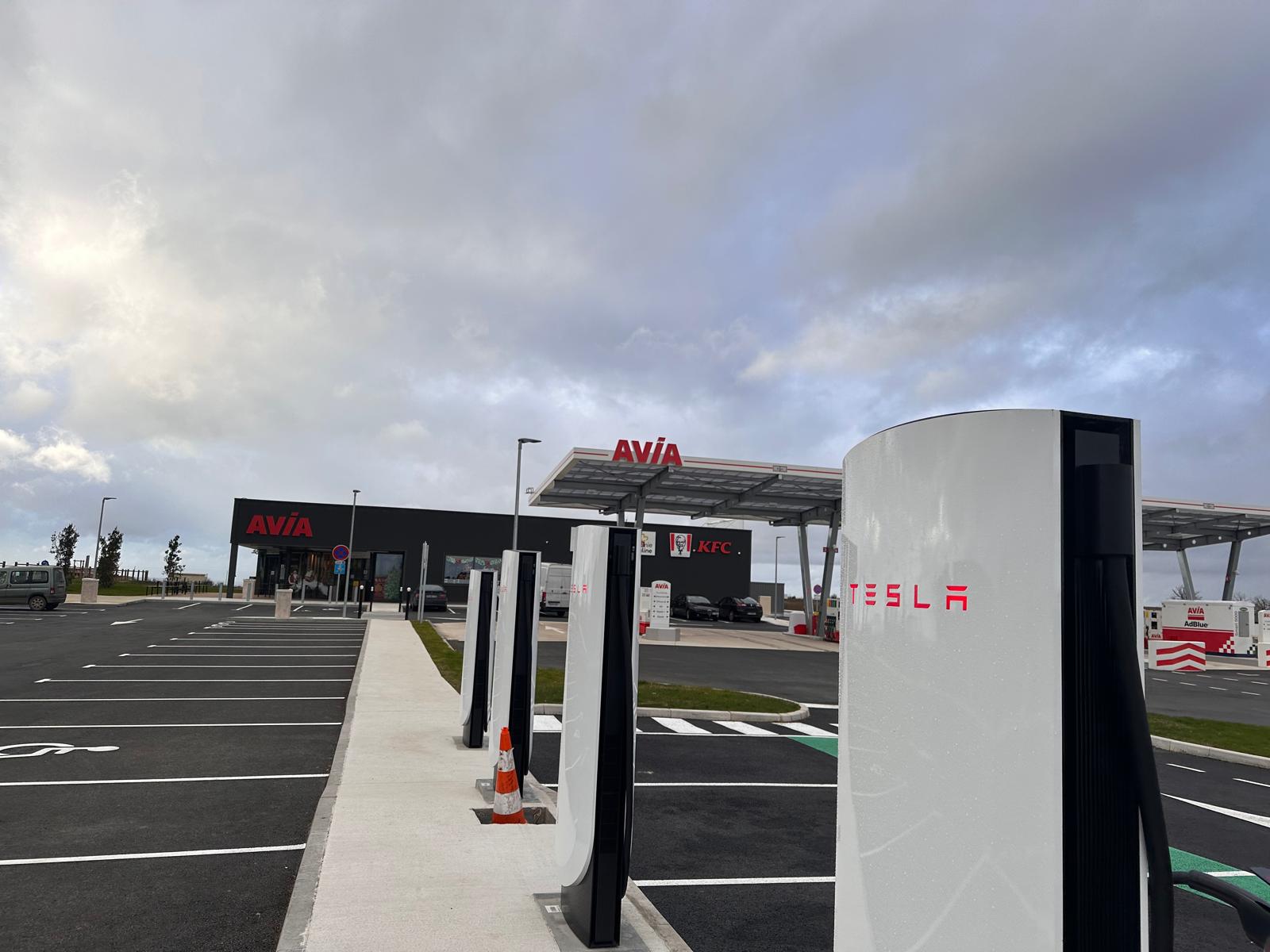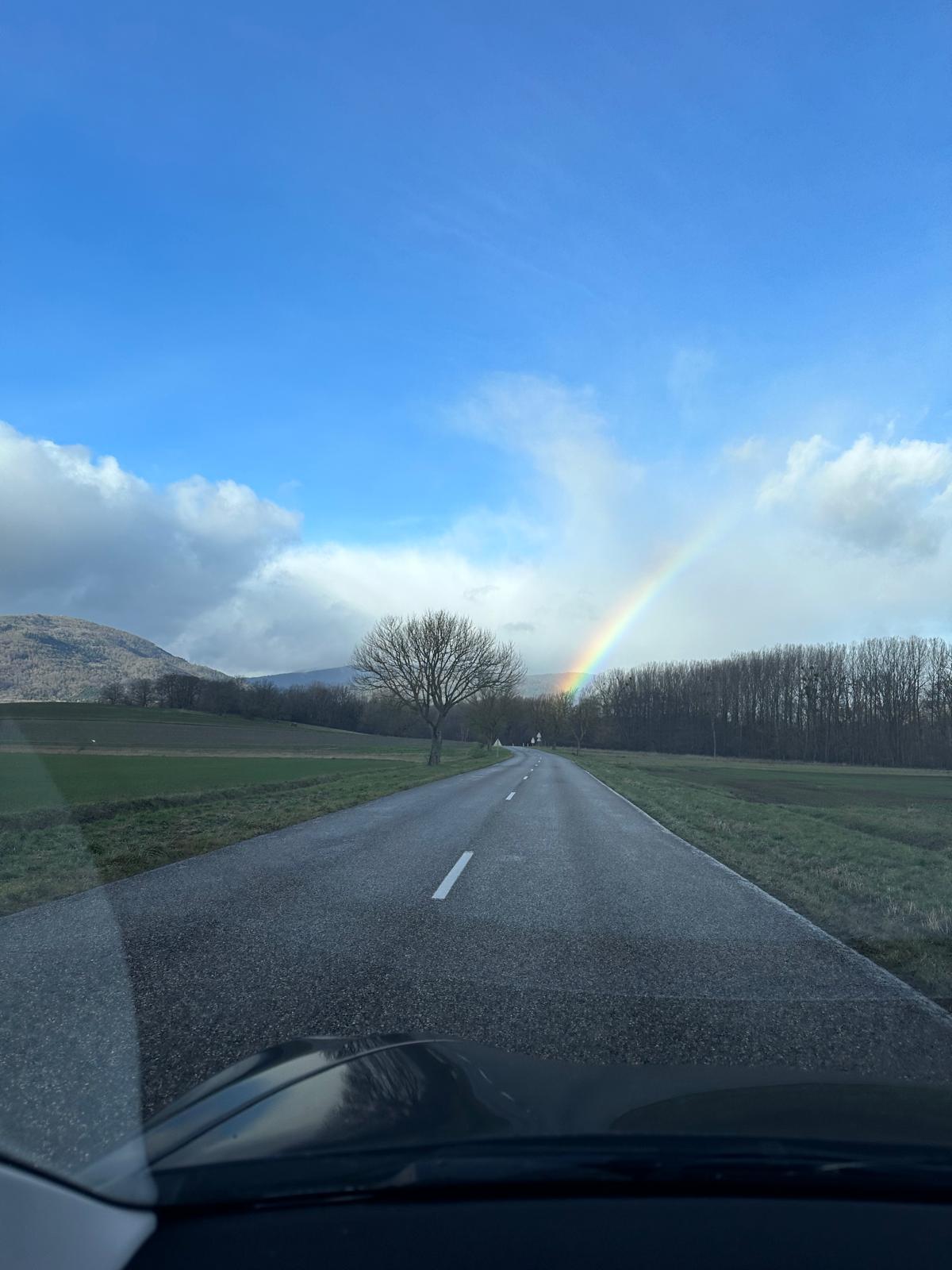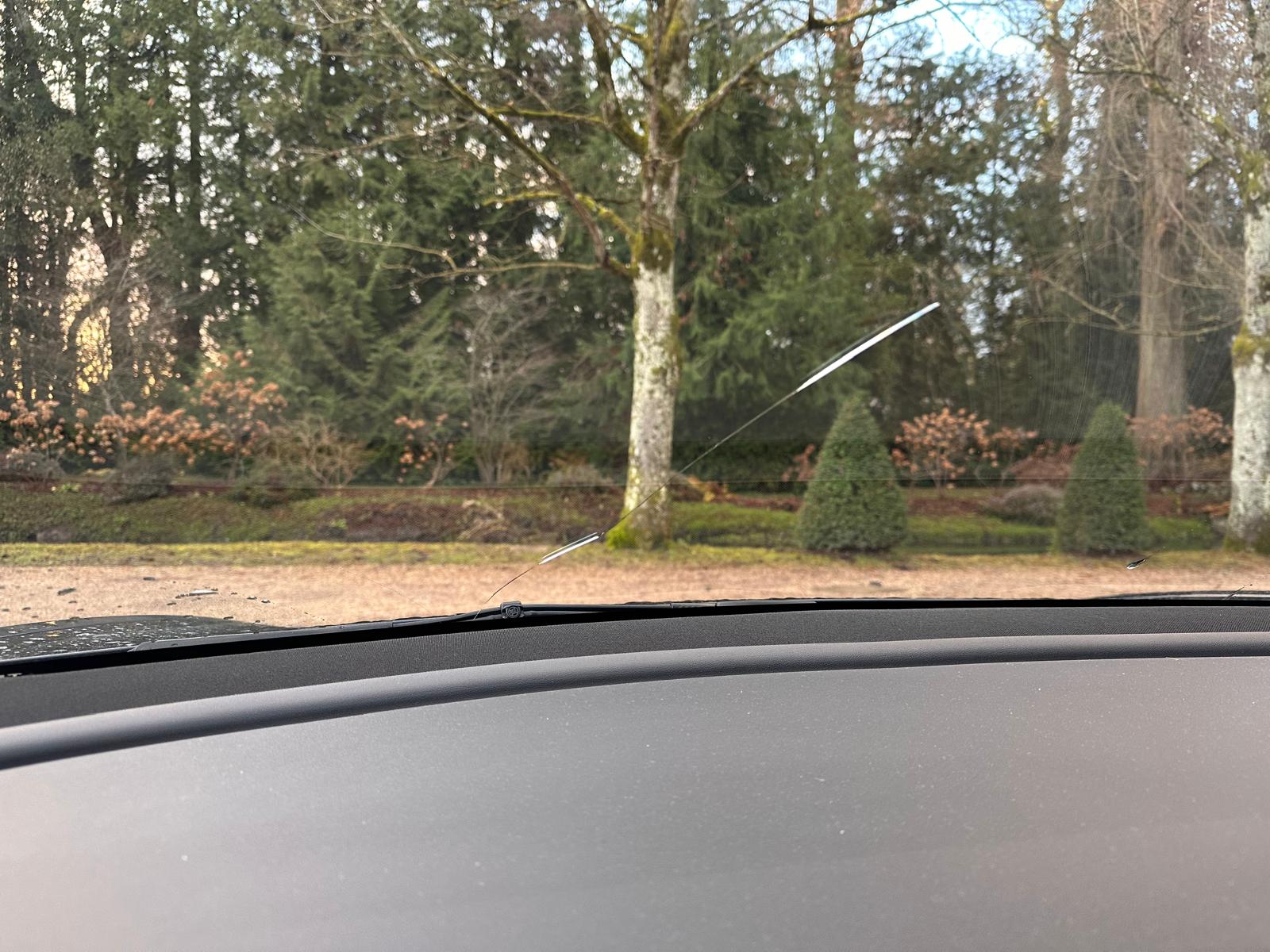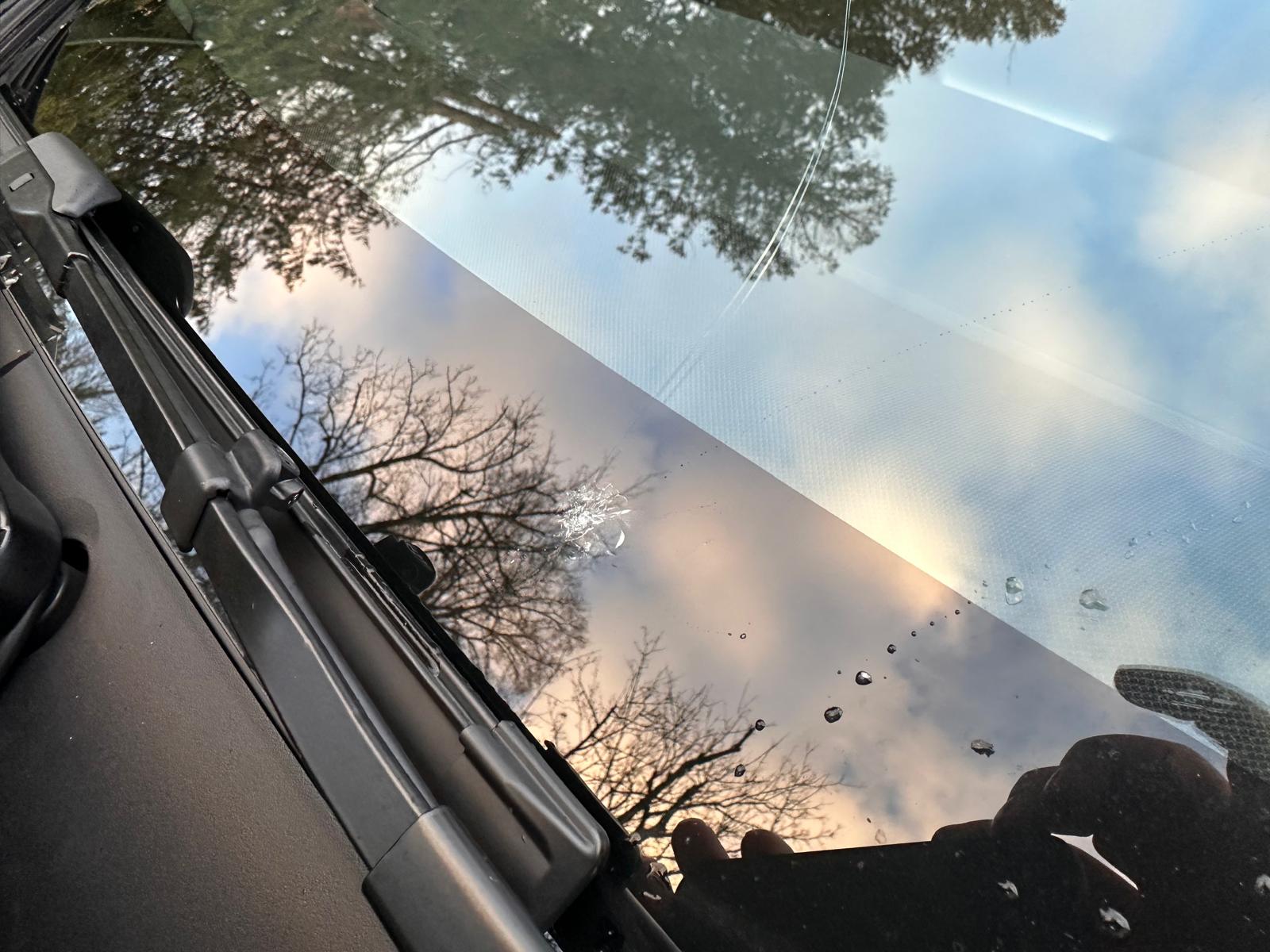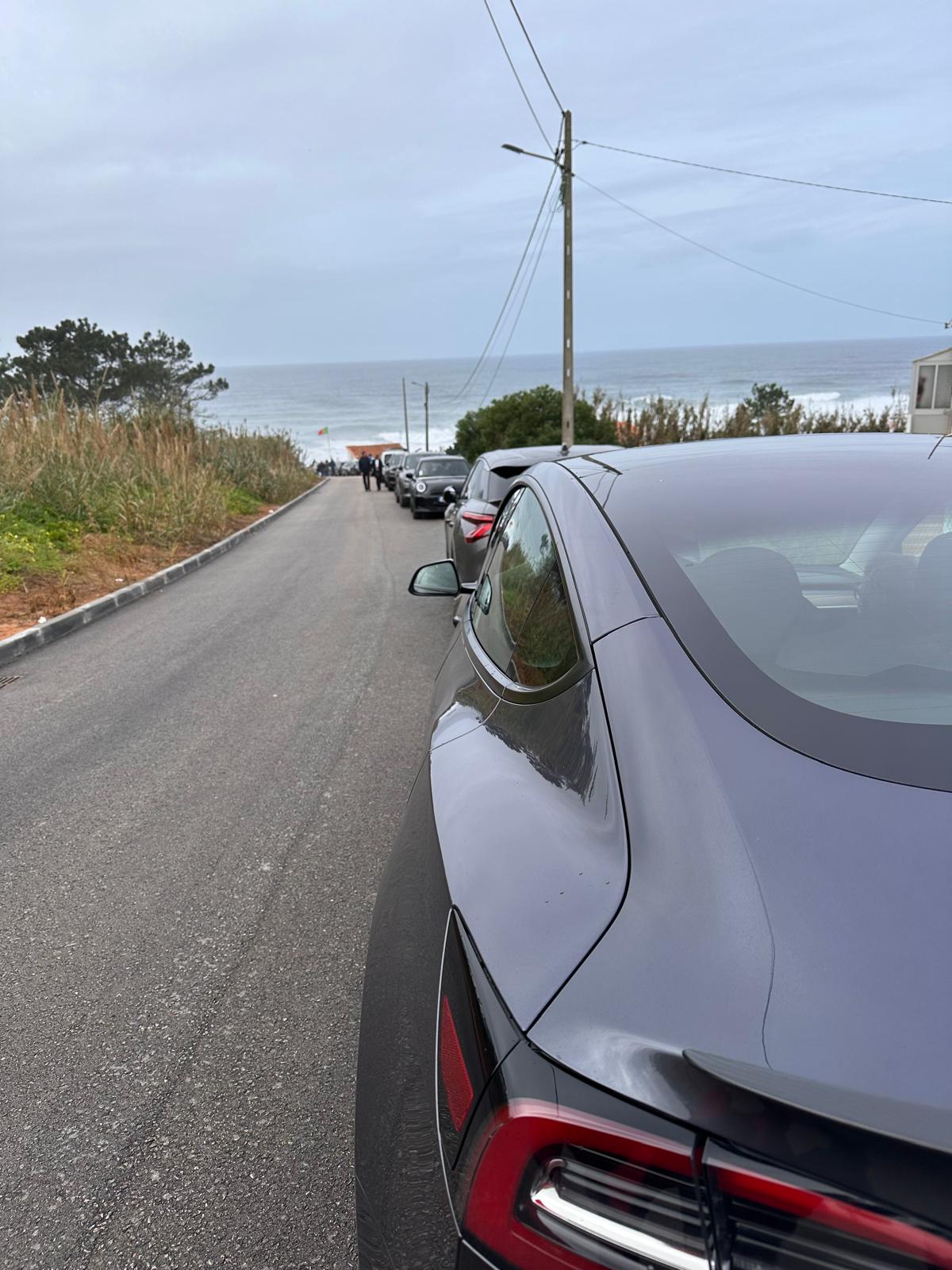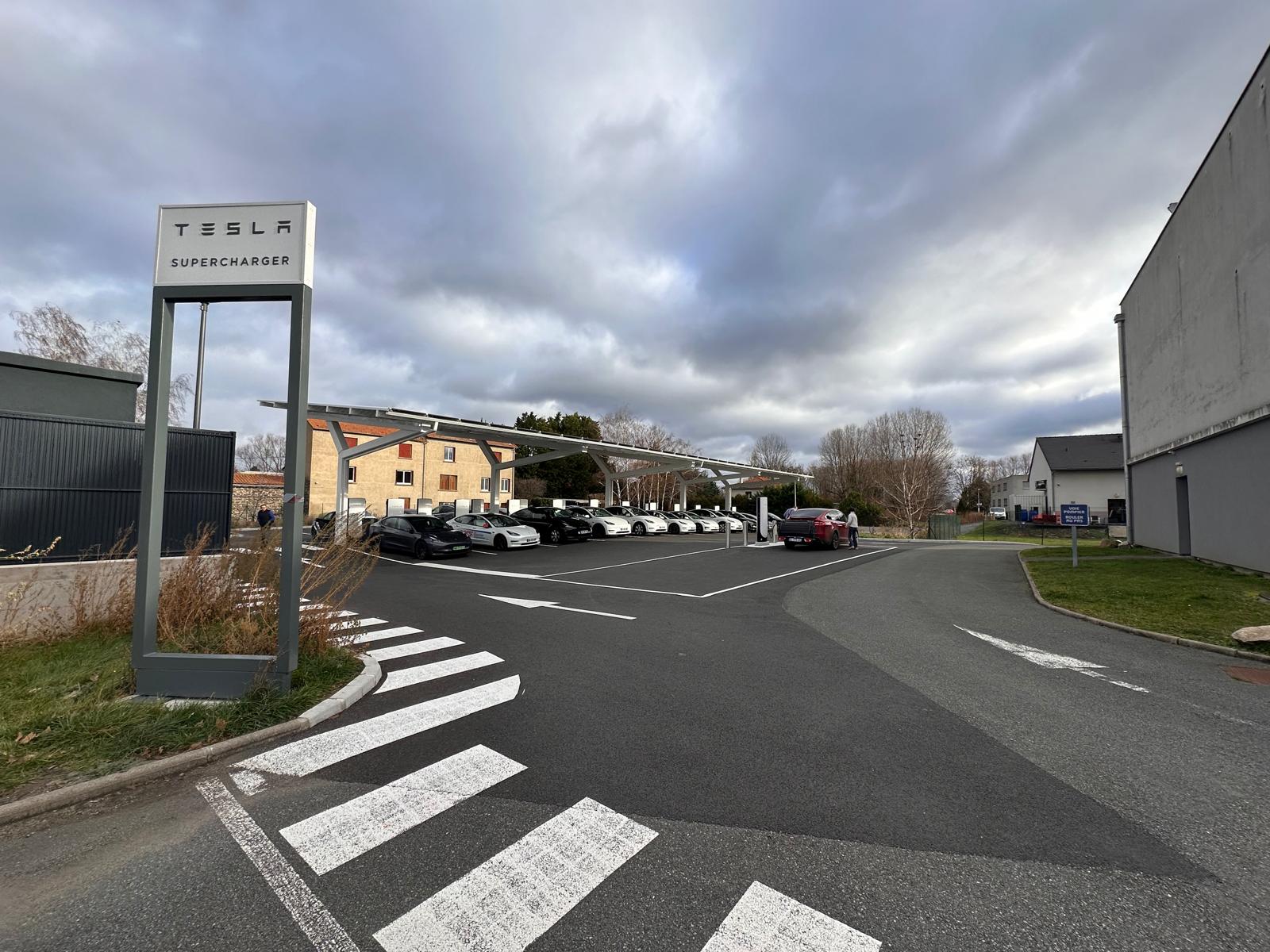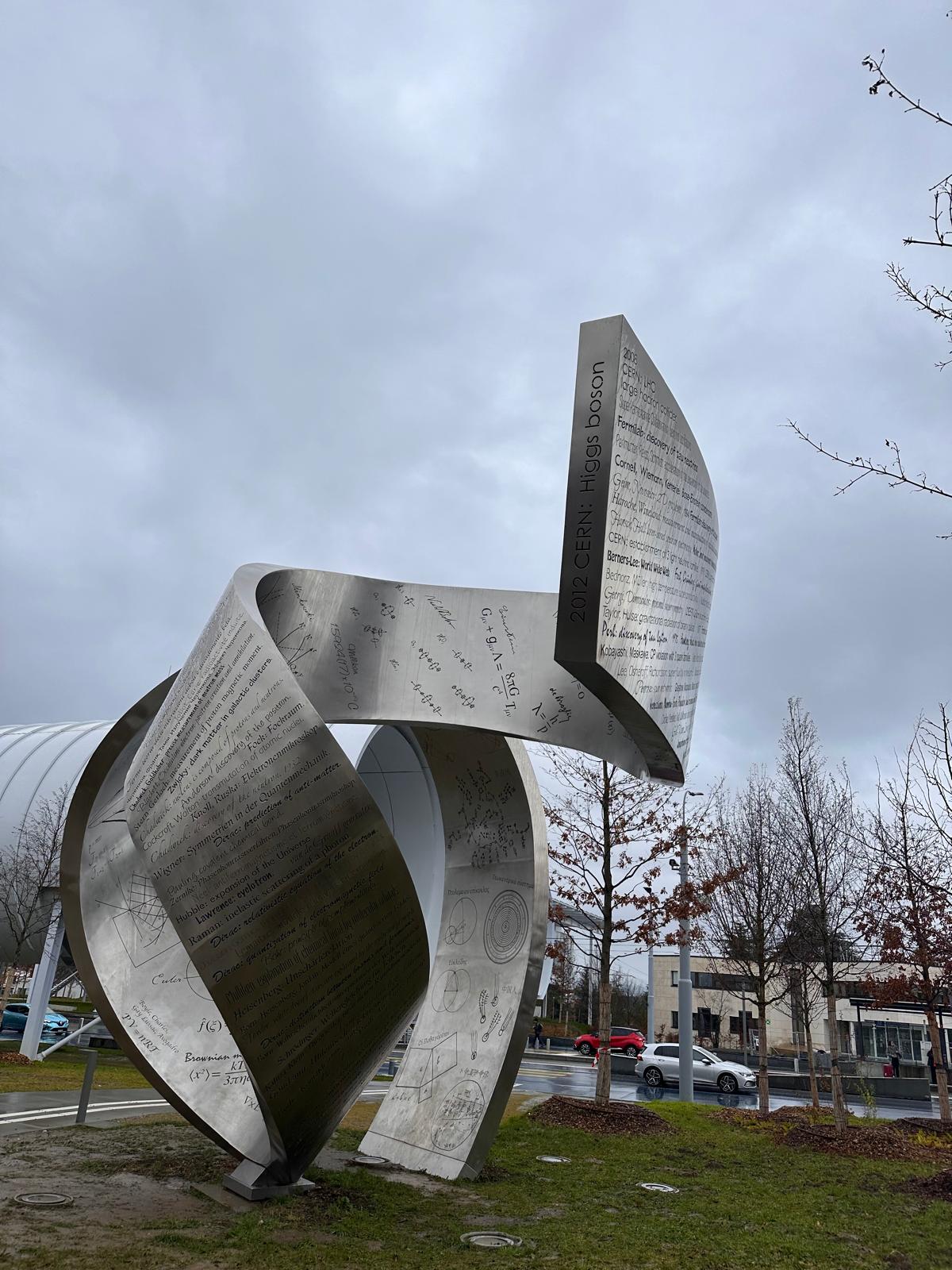Sign up for daily news updates from CleanTechnica on email. Or follow us on Google News!
The plan was simple — embark on a wild adventure travelling 4,500 miles across Europe to reach Nazare in Portugal. As we have two cars, a gas SUV and a Tesla Model 3 Performance, my wife’s choice was to go in the SUV — safe, comfortable, and “good range.” I was also leaning towards that safe option, but then got a little ashamed of burning fossil fuels against everything I believe in. I suddenly remembered meeting a famous CleanTechnica journalist and EV enthusiast (whose name shall remain a mystery) a few years ago while he was travelling across Europe with his wife. I remembered asking him what car he was driving and I remembered his utter embarrassment when he confessed he was travelling in an ICEV. I wasn’t in for such an embarrassment. All I had to do was convince my wife the Tesla was our best option. I succeeded. It wasn’t easy, though.
To make things more interesting, I decided to use only Tesla Superchargers and hotel chargers overnight if available. Here is a short overview of our itinerary with some hints and recommendations:
- TARNÓW (Poland) — home
- KATOWICE (Poland) — first charging session of many to come
- CERN (Switzerland) — Large Hadron Collider
- SAD HILL (Spain) — film set
- SAN SEBASTIAN / MUGARITZ (Spain) — incredible cuisine
- PORTO (Portugal) — business meeting, wine, and oyster museum
- NAZARE (Portugal) — where the waves are the highest
- LISBON (Portugal) — yellow trams and a divine New Year’s Eve
- BEAUNE (France) — meat and red wine
- WEUNHEIM (France) — Alsatia at its best and white wine
- Stuttgart (Germany) — Porsche muzeum
- NUREMBERG (Germany) — human rights declaration, A. Durer
- PRAGA (Czechia) — beer and a Columbian movie star
- TARNÓW (Poland) — home sweet home
The Good
The good seems obvious. Tesla Superchargers are simply the best, with their Plug&Charge system making your charging experience as effortless as possible. The car tells me where to charge, whether there are available chargers, and if not, where to go next. You can’t ask for more. Well, actually, you can. I was hoping to see charging hubs surrounded with restaurants, shops, and hotels. I got that, too. Looks like the direction of growing the infrastructure has been set for good and I like it.
When I add the pricing for Tesla Superchargers, you will start thinking I’m getting paid to write it, but it’s simple facts. Nothing gets cheaper at this rate of fast charging. No matter whether you charge in rich Norway, aspiring Poland, or regularly wealthy Germany, you pay the same decent charge per kWh. I loved it. And so did my wife.
Another good experience is a growing number of hotel charging options. Using a popular booking portal, we could filter the search for EV charging and make sure we were secured. To be fully honest, though, I must admit we called the hotel each time to verify what they meant by EV charging, whether the charging point could be reserved, etc. There are still some misunderstandings on what a charging point is. Anyway, the bright side is you normally pay reasonably for charging. For example, €15 for 60kWh and parking was the best we got. In San Sebastian, we paid twice as much but got a nice valet service driving the car to the charger and back. The most we paid for overnight charging was €40 in a hotel in Prague, fixed rate. I’m still surprised there are so many hotels, even large ones, without any charging options. It’s like not having wifi service — unacceptable. Considering the scale of the investment in a simple wallbox(es), there seems to be no excuse. As EV users, make sure you complain, politely, in each and every hotel without charging options. It’ll do the trick.
A surprising benefit of driving an electric car on such a long trip is what many people name as a disadvantage — that is more frequent breaks than are necessary in an ICE vehicle. The longest we drove on a single day was 960 km (600 miles). It took us 12 hours and included 4 breaks to rest and eat (and charge of course), two jams on motorways, and a visit to a pharmacy. I’ve driven longer distances in one go in my life, but I know that was always extreme and on the edge. Driving electric, the pace is more reasonable and I was less tired overall. Sometimes, the charging was actually too fast, as we needed more time to enjoy our meal in a restaurant and I had to go and re-park the car to avoid blocking the charging stand. All in all, whether it’s a matter of age or smarter perspective, taking a bit longer to drive was more of an added value rather than a burden. [Editor’s note: I had the same sort of experience and feeling when I drove a Tesla Model S from Poland to Paris, France, with a friend several years ago. —Zach Shahan]
My guilty pleasure to conclude the good part of the story was testing my Tesla on the sections of the German motorway where there are no speed limits. It was irresistible and I know you all would have done the same. There was a stretch of about 100 km (60 miles) where I drove up to 220 km/h (136 m/h) together with some other cars, mostly combustion engine vehicles. As much as it was fun to see how smooth Tesla was accelerating to more than 200km/h, watching the energy consumption rocket to 295 Wh/km helped me get my feet on the ground. The only consolation was knowing the combustion counterparts consumed a few times more energy than me driving the same speed.
The Bad
Charging roaming still sucks. As simple as that. It could be the fact that I was spoilt with Superchargers’ ease of use, as mentioned above, but out of curiosity, I tried two other chargers on our way and failed both times. The simple fact is the European roaming either doesn’t work or the UX is disastrous. I’ve read numerous EV road trip accounts by CleanTechnica, especially the European trips by WysokieNapiecie.pl journalists (see here and here and here, for example) and remember them reporting improvements in roaming across Europe. I shudder to think what it must have been like before the improvement, then! Call me spoilt, but I simply don’t accept all the app installations necessary to start charging, or blocking large amounts on your card to start charging, or some other silly hiccups like charging not initiating unless your car doors are closed (Ionity invention!). This is all bad and needs to change.
As the trip was taking place in the cold season in Europe, we discovered some poor Tesla solutions, too. I could rage on and on about auto windscreen wipers. I truly thought I’d messed up with the settings myself as I couldn’t believe they worked so badly below any modern standard. I googled the issue and quickly learnt the drama around it. I guess it’s one of Elon’s jokes on users, as he is capable of launching space rockets, designing autonomous driving systems, and screwing up Twitter for fun, so his team must be able to fix such a mundane issue as wipers, right? It must be a joke, then. Thank you, Elon Musk. Oh, what fun we had and still have.
Another issue is defrosting. I love the function, of course. The trouble is that melted snow/ice trickles down into door and knob spaces from the roof and windows and freezes again there. We struggled to open the doors on a few occasions fearing it would lead to cracks or chipping on the body of the car. Compared to the bloody wipers, it’s still a small thing, but it did cause some dissatisfaction.
Lastly, the multi-destination option in the nav system could work better. As we were planning the trip with multiple stops at places of interest (which was the main reason we did the trip to Nazare by car, not by plane), our drive plan was filled with stops and nights in many places. The nav system doesn’t seem to recognize a destination charging event even when it comes from Tesla. Again, it feels like an easy improvement that once you add a hotel with Tesla destination charging, it should take into account overnight charging in your itinerary. Maybe one day….
The Ugly
Our windscreen window got broken as we got hit with a stone on the Bordeaux ring road in France. Considering the number of miles we did, it’s statistically possible, but why us! And even twice, as we got hit with two stones in two different places, yet the latter one proved deadly to the window. That was the ugly part of our trip across Europe. All the rest was pure joy.
Here come some basic statistics from an external app we used for monitoring our drive:
- Lowest consumption: 164 Wh/km, equivalent of 1.8l/100 km (mix of highway and country roads in Spain)
- Highest consumption: 295 Wh/km, equivalent of 3.3l/100 km (German highway, guilty pleasure)
- Average consumption: 189 Wh/km equivalent of 2.1l/100 km (the whole trip of 4500 miles)
- Charging time example: 30 minutes, 10% to 77% of battery, average 112 kW, max 231 kW, 55 kWh added, 19.8 euros (0.36 euros/kWh)
- Longest day drive: 960 km, 12h 20min, including 4 Supercharging breaks of 2h 34min in total.

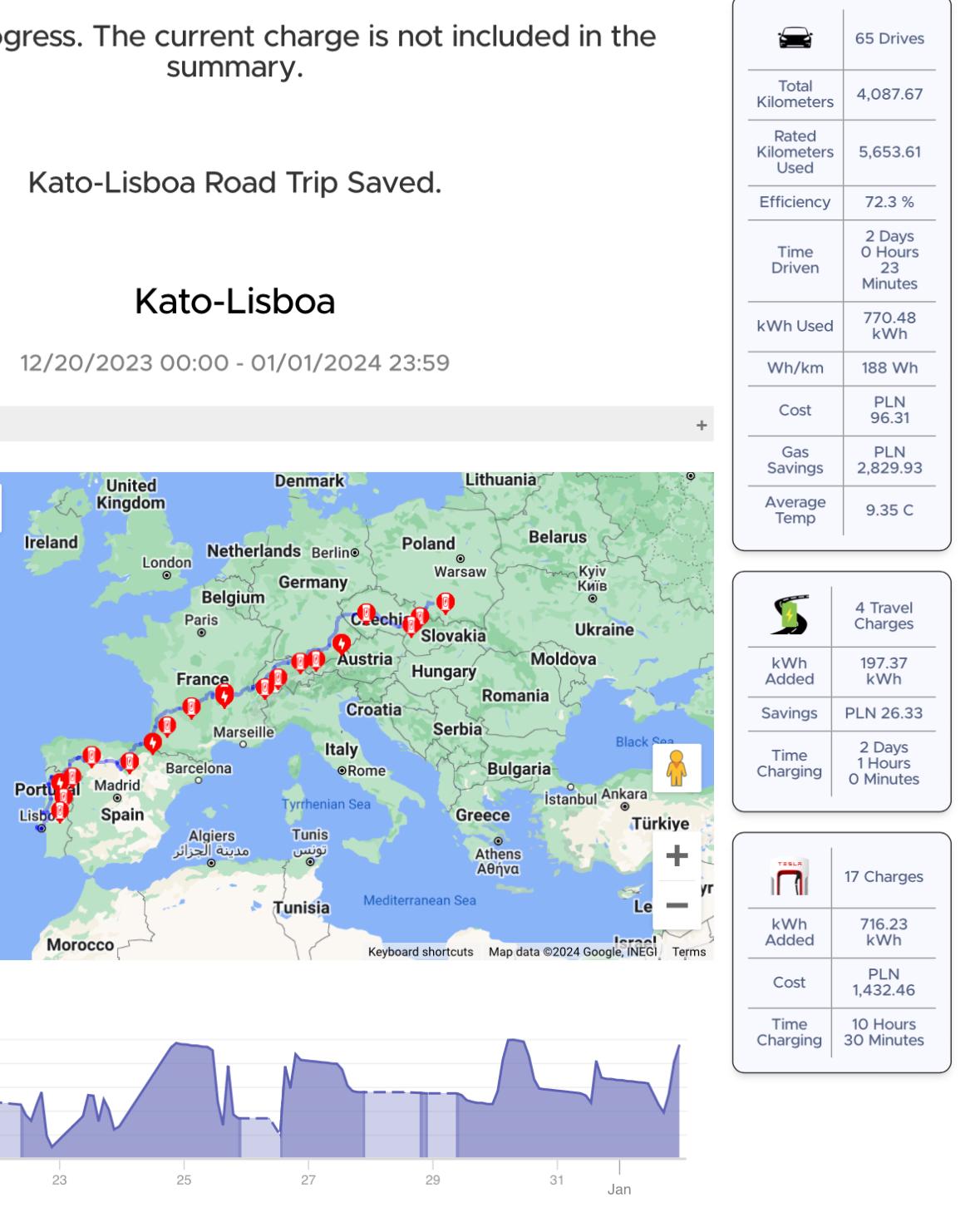
I’m really glad I managed to convince myself and my wife to go electric on this epic trip. If nothing else, the cost savings of up to 60% should satisfy even the biggest oil lover. You may not believe in climate change, global warming, anthropogenic impact on the world’s CO2 levels, or the round shape of the Earth, but you must believe in dollar value. Save money, go electric.
By Maciej Cichocki
Have a tip for CleanTechnica? Want to advertise? Want to suggest a guest for our CleanTech Talk podcast? Contact us here.
Latest CleanTechnica.TV Videos
CleanTechnica uses affiliate links. See our policy here.
CleanTechnica’s Comment Policy

